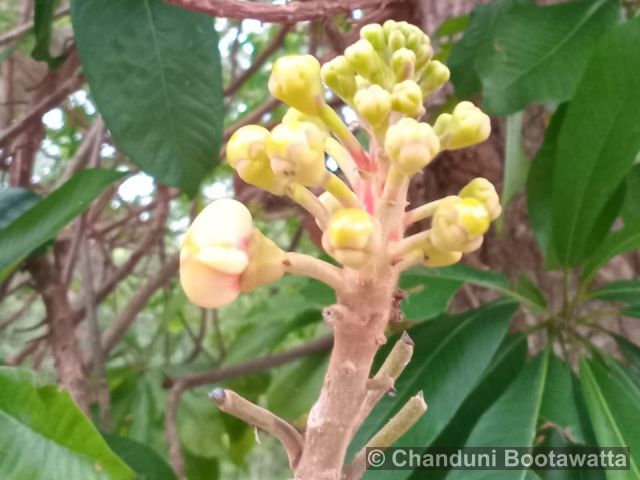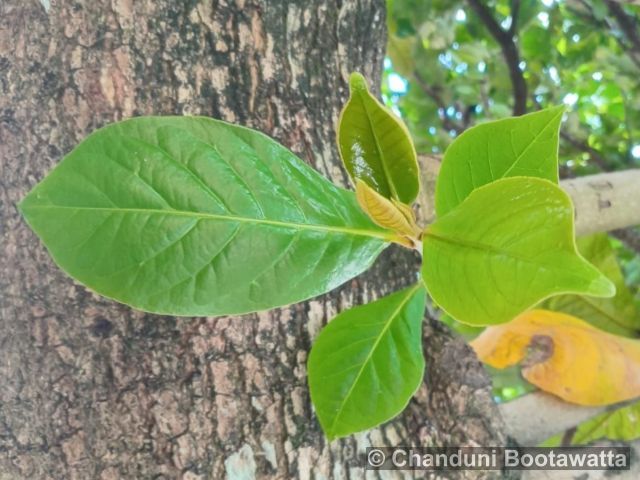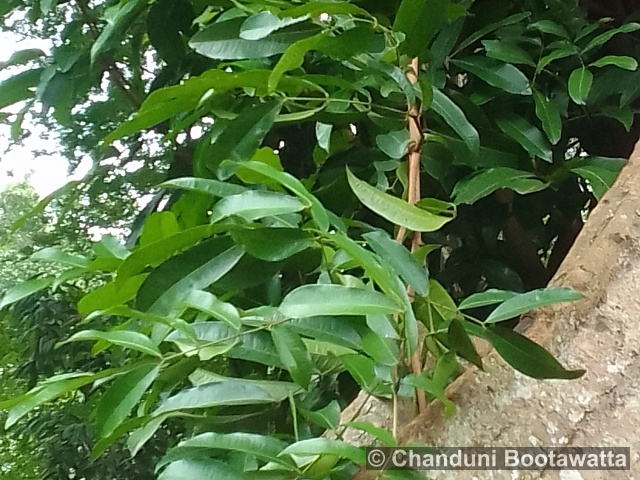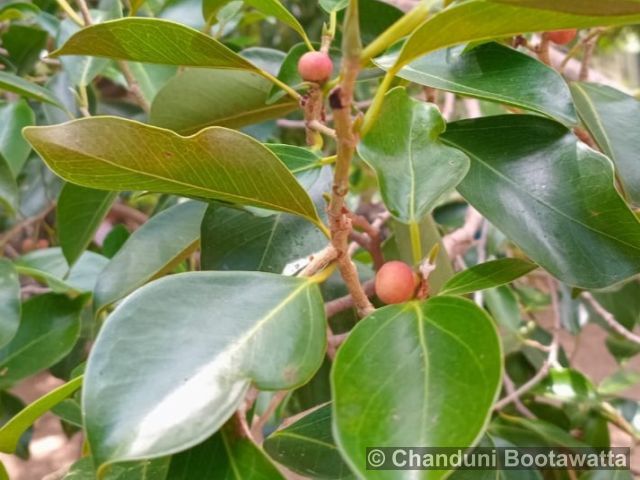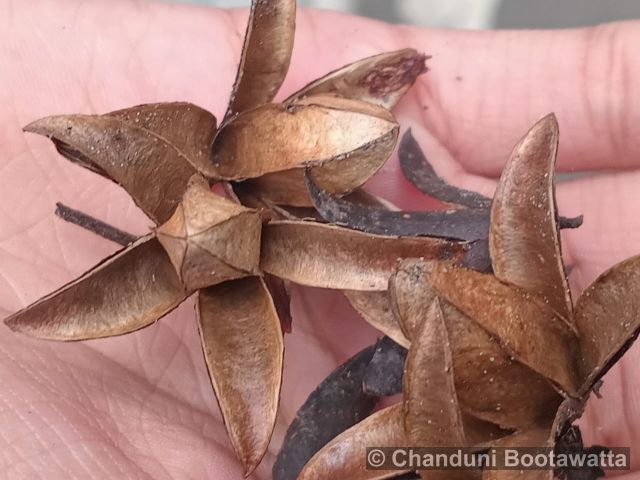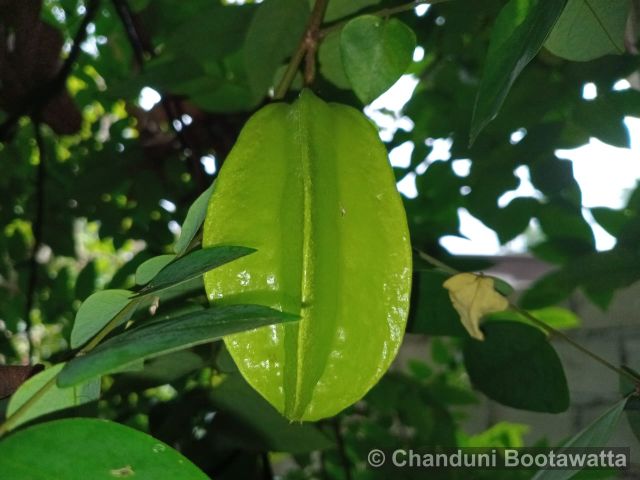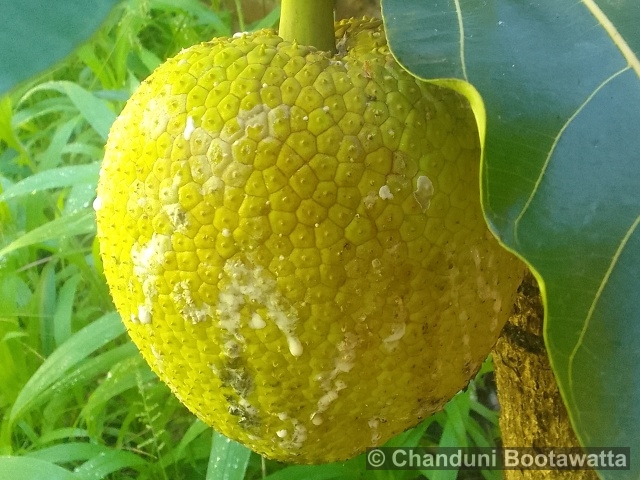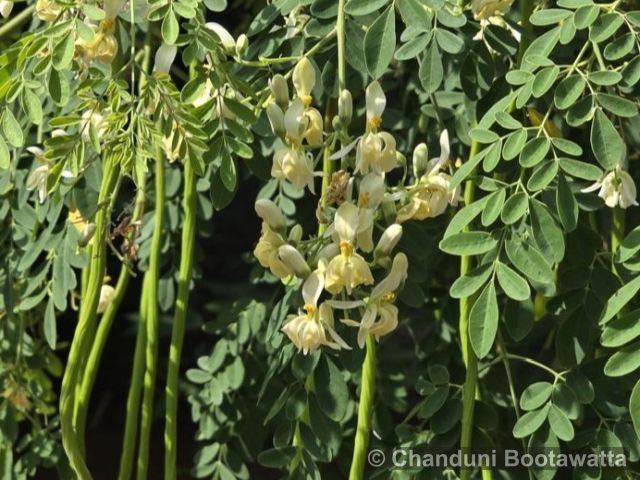Tento příspěvek byl přečten111krát!
Australian kauri Pine, damaroň
Syn.: Agathis brownii (Lem.) L.H. Bailey
Family – Araucariaceae, blahočetovité
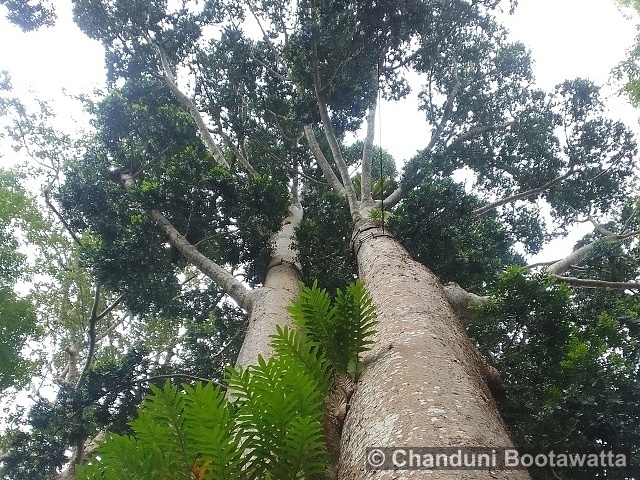
Description: Tall evergreen conifer that can grow up to 50 meters high with a straight, cylindrical trunk covered in smooth grey-brown bark that peels in patches. The tree bears simple, leathery, lance-shaped leaves arranged oppositely, with young leaves being larger and lighter in color. Its flowers are small and unisexual, with male flowers forming slender cylindrical cones and female flowers developing into large, rounded woody cones containing winged seeds. The terminal buds are small and scale-protected.
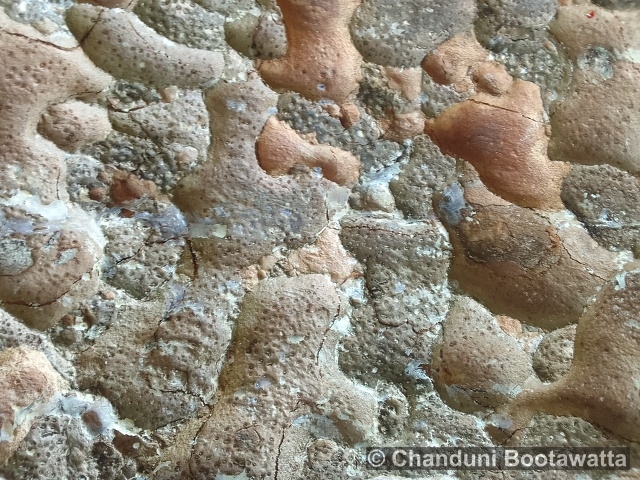
Substitutions – Agathis australis: New Zealand Kauri; native to New Zealand; very large trunk, durable high-quality timber – Agathis dammara: Philippine Kauri (Damar Minyak); native to the Philippines and Indonesia; valued for both resin and timber. – Agathis borneensis: Borneo Kauri; native to Borneo and Southeast Asia; important source of timber.
Ecology: Agathis robusta thrives in warm, humid, frost-free climates with deep, well-drained fertile soil, full to partial sunlight, and high, evenly distributed rainfall.
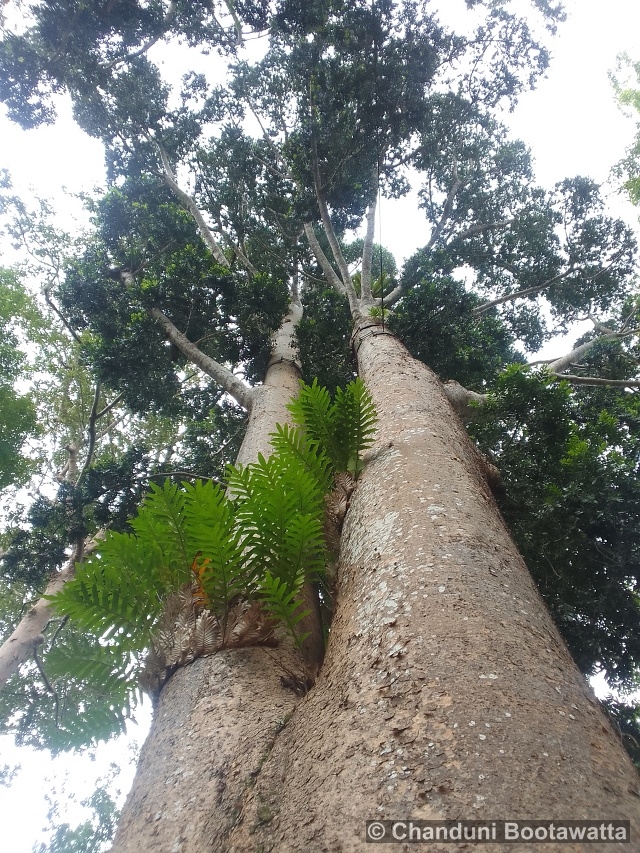
General distribution: Agathis robusta is naturally distributed in the subtropical and tropical rainforests of Queensland, Australia, and is also cultivated in other South Asian warm regions.
Use: The durable, fine-grained, light-colored timber of this species is highly valued for furniture, boat building, plywood, flooring, and joinery, while the tree itself is also grown ornamentally in parks and avenues.
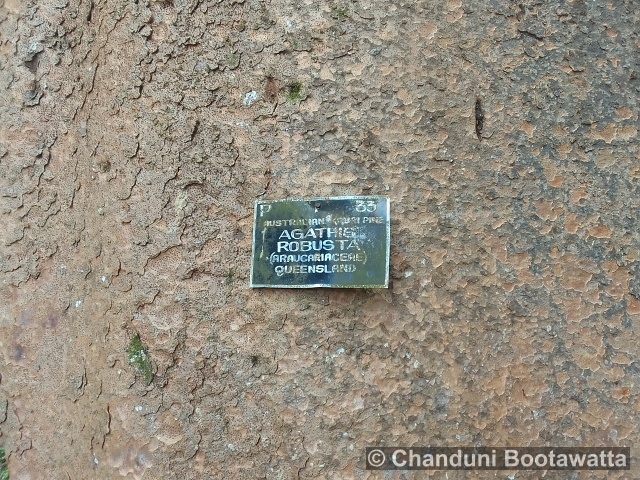
Author of text and photos: Chanduni Bootawatta.
Photographed in Peradeniya Botanical Garden, Sri Lanka on 22 June 2025.



 Poslat emailem
Poslat emailem